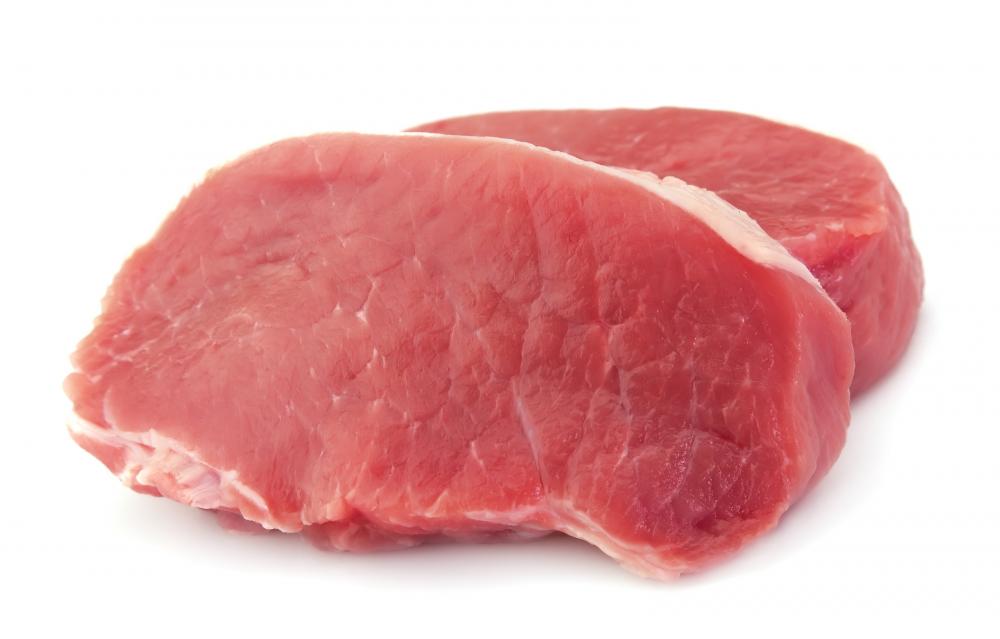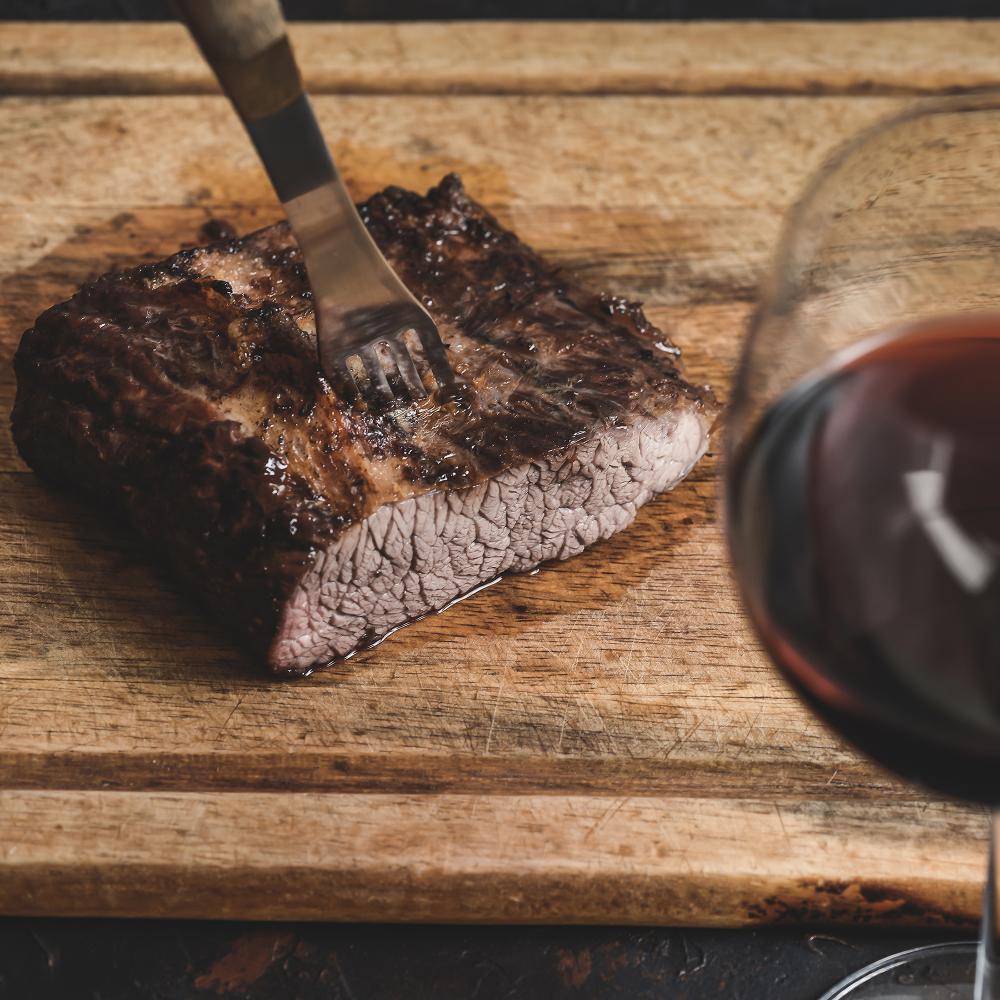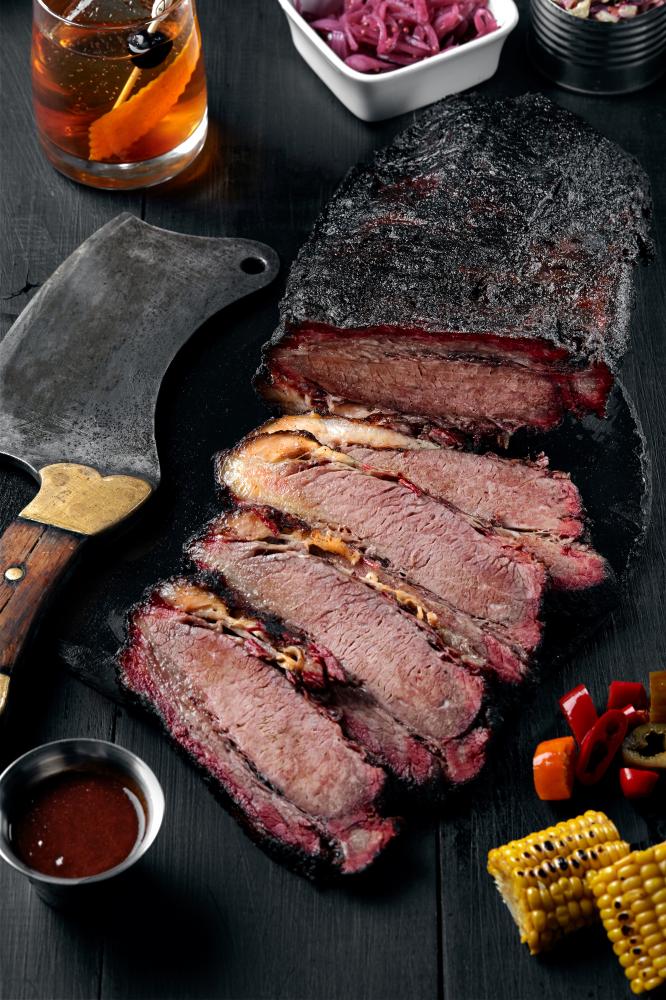
Understanding Rest Time
At Brisket Pro, while our love and expertise lie with all things brisket, our passion for BBQ stretches far and wide, encompassing the art of perfectly smoking pork butt. A common question we encounter, which requires a nuanced understanding, revolves around How Long To Let Pork Butt Rest. Resting is not just a trivial step; it’s a critical part of bringing a dish from good to great.
When it comes to resting pork butt, patience isn’t just a virtue–it’s a necessity. The consensus among BBQ enthusiasts is to let it rest for anywhere from 30 minutes to 5 hours, but aiming for that sweet spot between 1 and 2 hours strikes the perfect balance. This duration allows the meat’s fibers to relax and reabsorb the juices that make your pork butt succulently tender.
But why rest at all? The answer lies in the science of cooking meats. As pork butt cooks, its proteins contract, squeezing out moisture. If you’ve ever bitten into a piece of meat fresh off the grill and found it tough or dry, insufficient resting could be the culprit. Allowing the meat adequate time to rest enables it to reabsorb those juices, resulting in a more tender, flavorful bite.
Rest Techniques
How you choose to rest your pork butt can impact the final product. Here, we delve into methods that elevate the quality of your BBQ.
To Wrap or Not To Wrap?
Wrapping pork butt can be a double-edged sword. On one hand, wrapping in aluminum foil or butcher paper can help push past the stall, a common plateau in the internal temperature during cooking. This method also helps in retaining moisture, ensuring the pork doesn’t dry out. However, it’s essential to consider the bark–the crispy and flavorful outer layer of the pork. Wrapping can soften the bark, so if a crunchy exterior is your end goal, you might want to opt for tenting the meat with foil instead or resting it unwrapped.
Tenting allows airflow around the meat, preventing the bark from becoming soggy while still slowing the cooling process slightly compared to leaving the meat completely uncovered. If choosing to rest the pork butt in a cooler or ‘faux Cambro’, wrapping it in foil and a towel can keep it warm for an extended period without sacrificing too much of that precious bark texture.
Another noteworthy method involves resting the pork butt in an insulated box, such as a cambro, to maintain a temperature above 60°C (140°F). For those who may not have access to commercial equipment, employing a cooler with hot water or towels to fill the empty space around the pork butt can mimic this environment, keeping it at an optimal temperature.
Perfecting the Rest
Understanding How Long To Let Pork Butt Rest is one thing, but mastering the rest involves a little intuition and a lot of patience. The size of your pork butt, the external temperature, and how it was cooked can all influence the ideal rest time. As a rule of thumb, aim for at least 1 hour but not more than 5 hours to avoid the meat dropping below a safe temperature.
From personal experience, the magical moment happens around the 2-hour mark. This duration has consistently provided me with a pork butt that’s not only easier to shred but also packed with flavor. It’s like waiting for a pot of water to boil; the more you check, the longer it seems to take. Resist the urge to peek and let time do its work.
Lastly, always remember to use a meat thermometer to ensure your pork butt doesn’t drop below the recommended safe temperature of 60°C (140°F). This practice is not just about culinary perfection; it’s about keeping your BBQ safe and enjoyable for everyone.
- Rest pork butt for a minimum of 30 minutes to a maximum of 5 hours.
- Consider wrapping methods based on your preference for bark texture.
- Use a cooler or insulated box to keep the pork butt at an optimal temperature during the rest period.
- Patience is key–often, the best flavor and texture come to those who wait.
In the end, mastering How Long To Let Pork Butt Rest is about more than just following guidelines. It’s about understanding the science of cooking, listening to the meat, and, sometimes, trusting your instincts. At Brisket Pro, our goal is to arm you with the knowledge and skills to elevate your BBQ from simply good to truly unforgettable.

How To Rest a Brisket in a Cooler
At Brisket Pro, we revel in the art of smoking brisket, but an often overlooked step is the resting phase, particularly how to rest a brisket in a cooler. This method not only keeps your brisket at an optimal temperature but also enhances its flavors and textures, making for a mouth-watering meal that’s well worth the wait.
Why Rest in a Cooler?
The cooler method, sometimes referred to as a faux Cambro, leverages the insulating properties of a standard cooler to keep the brisket warm for hours without overcooking it. It’s a technique that comes in handy when juggling cooking times or when resting larger cuts that benefit from a prolonged period of thermal equilibration. It’s not just about maintaining temperature; it’s about allowing your brisket to reach its peak in terms of texture and flavor.
Step-By-Step Guide to Resting Brisket
Preparing the Cooler
Before you even start smoking your brisket, you’ll want to ensure your cooler is ready for the task. A few hours before your brisket is due to come off the smoker, fill the cooler with hot water to preheat it. Just before you’re ready to rest your brisket, empty the water and dry the cooler thoroughly. This step ensures that the cooler is at a temperature conducive to resting your brisket without it cooling down too quickly.
Wrapping the Brisket
Once your brisket has reached its target temperature and is removed from the smoker, wrapping it properly is crucial. You can use butcher paper or aluminum foil for this. The idea is to create a tight seal that locks in moisture, but not too tight as to steam the brisket. Then, wrap the brisket in a couple of towels for additional insulation before placing it in the pre-warmed cooler.
Resting Duration
How long to rest a brisket in a cooler might be the million-dollar question. The general consensus is at least one hour, but many pitmasters suggest a longer rest of up to four hours. This duration allows for the redistribution and reabsorption of the juices, ensuring your brisket remains moist and tender. Keep a thermometer handy to check the brisket’s internal temperature, ensuring it doesn’t fall into the danger zone below 140°F.
Benefits and Personal Insights
Resting your brisket in a cooler is more than just a step in the cooking process; it’s a rite of passage for any serious brisket enthusiast. The transformation that occurs during this phase is remarkable, with the meat becoming more tender and flavorful. From personal experience, the difference between a brisket that’s been properly rested and one that’s cut into too soon is night and day. The anticipation of waiting makes the first bite all the more satisfying.
Understanding how to rest a brisket in a cooler is a skill that, once mastered, will elevate your BBQ game to new heights. It’s a testament to the patience and dedication that smoking brisket demands. Remember, good things come to those who wait, and with brisket, that couldn’t be truer.
- Ensure your cooler is pre-warmed to maintain temperature.
- Wrap your brisket correctly to lock in moisture without over-steaming.
- Allow ample resting time for flavors to develop and juices to redistribute.
Resting a brisket in a cooler might seem like a simple step, but it’s one that carries weight in the quest for BBQ perfection. At Brisket Pro, we’ve walked this path many times, and each experience brings us closer to understanding the nuanced dance of smoke, heat, and time. Join us in embracing this crucial step and savor the results that patience delivers.
Understanding Brisket Rest Time
At Brisket Pro, we believe that the secret to a perfectly moist and tender brisket involves more than just the cooking process; it’s also about how you rest it afterward. The significance of brisket rest time cannot be overstated. It’s a crucial step that allows the meat to reabsorb its juices, ensuring every slice is as flavorful and succulent as possible.
When it comes to brisket rest time, opinions vary, but the consensus among BBQ enthusiasts and professionals alike is that patience pays off. A brisket should ideally rest for 1 to 2 hours after cooking. This window not only enhances its flavors but also makes it easier to slice without falling apart.
Personally, I’ve found that the longer rest time allows the brisket’s internal temperature to gradually decrease, preventing the juices from running out when slicing. It’s a small detail that can make a big difference in the final presentation and taste of your brisket.
Methods to Rest Brisket
Resting Unwrapped vs. Wrapped
How you choose to rest your brisket can also influence the final outcome. Resting brisket unwrapped is my preferred method, as it allows the bark to remain crispy. However, there’s a place for wrapping brisket in butcher paper or aluminum foil, particularly if you’re aiming to keep it warm for extended periods.
- Unwrapped: This method promotes a crispy bark and is ideal if you plan to serve the brisket shortly after resting.
- Wrapped: If your brisket needs to be held longer before serving, wrapping it in butcher paper or foil can help retain its warmth and moisture.
Utilizing a Faux Cambro
Another technique I often use, especially for larger events, is resting the brisket in a faux Cambro. This makeshift holding box, typically an insulated cooler, can keep your brisket warm for hours without drying it out. Just be sure to monitor the internal temperature to ensure food safety.
From my experiences, resting in a faux Cambro also allows the brisket’s flavors to meld and deepen. It’s an excellent strategy when you’re not serving the brisket immediately and wish to maintain its optimal eating quality.
Personal Insights on Brisket Rest Time
Through years of trial and error, I’ve discovered that brisket rest time is as vital as the smoking process itself. Early in my BBQ journey, I was eager to cut into the brisket right off the smoker, only to be met with disappointment as precious juices escaped, leaving the meat drier than desired.
This experience taught me the value of patience. Allowing the brisket to rest, wrapped or unwrapped, provides time for the internal fibers to relax and reabsorb the juices. It’s a transformative period that can elevate a good brisket to a great one.
Moreover, brisket rest time has become a period of anticipation and excitement. As the meat rests, I prepare the sides and set the table, knowing that the wait will be well worth it when the brisket is finally sliced and served. It’s a ritual that has become as much a part of the BBQ experience as the cooking itself.
In conclusion, managing brisket rest time effectively requires understanding the balance between temperature, texture, and timing. By embracing the art of resting, you can ensure that your brisket remains the star of the show, impressing guests and satisfying your BBQ cravings.

How long to let pulled pork rest after smoking?
At Brisket Pro, we’ve found that the ideal rest time for a perfectly smoked pork butt, often pulled for those mouth-watering sandwiches, is between 1 and 2 hours. This isn’t just a random window; it’s grounded in the science of cooking meat and our extensive experience. During this time, the meat fibers relax and reabsorb the juices, making your pork not just tender but packed with all the flavors you worked hard to infuse during the smoking process. Think of it as letting a fine wine breathe; it’s about bringing out the best. And while it might be tempting to cut into that beautiful pork butt right away, remember, patience here really does reward you.
Can you let pork shoulder rest too long?
Absolutely, and this is a concern I often address. While we encourage patience in resting your pork butt, there’s a fine line before rest turns to regret. Resting beyond the 5-hour mark, especially if not kept at a safe temperature, can risk the meat dropping below the recommended 60°C (140°F), making it not just a potential safety hazard but also affecting its texture and flavor. At Brisket Pro, we’re all about maximizing flavor without compromising food safety, so always use that meat thermometer to keep things in check.
Should I pull pork at 195 or 203?
This is a great question and one that sparks much debate among BBQ enthusiasts. In my experience, the decision to pull pork at 195°F or 203°F comes down to personal preference and the specific texture you’re aiming for. Pulling at 195°F generally results in a slightly firmer texture, still utterly delicious but with a bit more bite. On the other hand, opting for 203°F tends to yield a more tender, fall-apart consistency many folks love, especially for pulled pork. At Brisket Pro, we lean towards the 203°F mark for that melt-in-your-mouth experience, but it’s always exciting to experiment and find your sweet spot.
How long should pork rest after cooking?
Regardless of whether it’s pulled pork, a chop, or a loin, resting is non-negotiable. For larger cuts like a pork butt, we stand by the 1 to 2-hour rest period. For smaller cuts, even a 10 to 20-minute rest can be transformative. It’s all about allowing the meats to come back from the stress of cooking, letting those juices redistribute. A beautifully rested piece of pork not only slices better but rewards you with every tender, juicy bite. And isn’t that what all the effort is for? To sit down to something incredibly satisfying. Always remember, whether it’s a quick sear or a long smoke, giving your meat that moment to rest makes all the difference.
Resources
- FoodSafety.gov – Information on safe cooking temperatures for pork and brisket.
- Serious Eats – Learn about the benefits and techniques of wrapping pork shoulder during the cooking process.
- USDA Food Safety and Inspection Service – Official resource for food safety guidelines and information.
